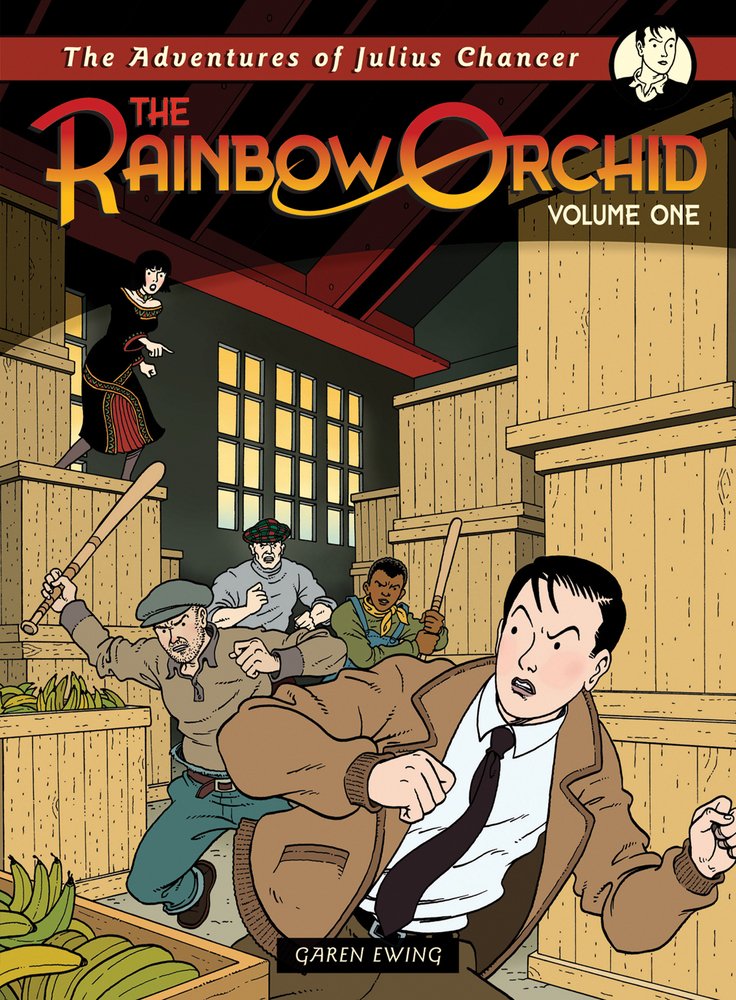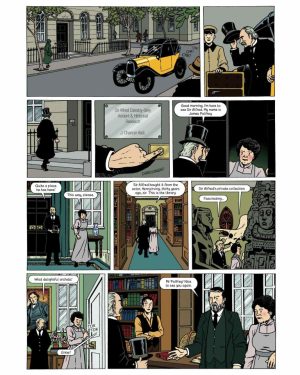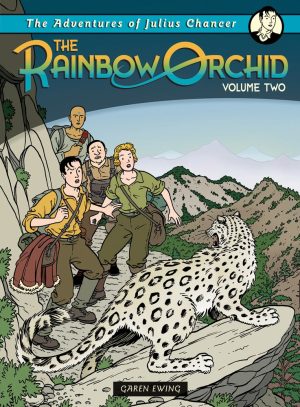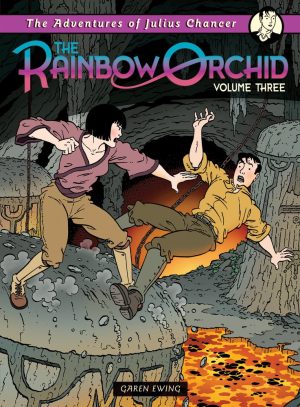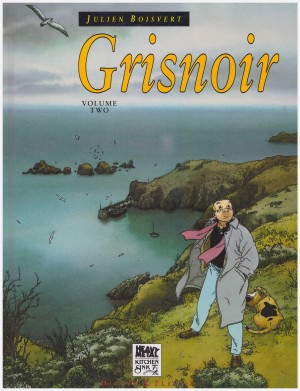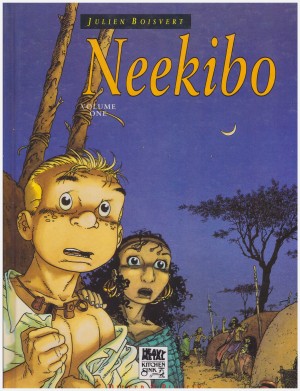Review by Frank Plowright
Over three volumes originally, then a collected edition, The Rainbow Orchid is Garen Ewing’s meticulously crafted love letter to European adventure comics such as Blake & Mortimer and Tintin. However the sheer number of characters pictured before the story begins indicates the level of complexity.
A year is never precisely noted, but assorted references place it sometime in the 1920s when Julius Chancer is the research assistant to historian Sir Alfred Catesby-Grey, who earns a living not by writing or teaching, but by locating lost valuable artefacts. Also prominent are film star Lily Lawrence returning to London to open the Wembley Botanical Exhibition, her American agent Nathaniel Crumpole, unpleasant reporter William Pickle, shady businessman Urkaz Grope, and Lily’s father Alfred, who’s made a rather unfortunate bet.
With so many evocatively named and well devised characters, Ewing rapidly drags readers into their concerns, and begins the main plot, which is the hunt for the possibly mythical rainbow orchid. Sir Alfred believes it a wild goose chase, but cleverly devised circumstances ensure the quest begins, and Ewing is equally smart in ensuring readers’ suspicions are aroused by various characters seen watching the cast. Some are drawn to look sinister, and the reactions of others are designed to raise further suspicion.
As in Ewing’s inspirations, it’s a rare page hosting fewer than a dozen panels, and these are exquisitely composed, almost a textbook on storytelling via comics. Clarity is all, yet flourishes abound. Ewing obviously enjoys drawing the cars of the 1920s, for instance. He also packs in the comedy moments, with an escape sequence toward the end beautifully devised.
Volume One ends with the quest properly underfoot, and the core team en route to India. Pick it up again in Volume Two. Oh, by the way, the care and attention extends to the tactile nature of the series covers, which have a matt feel, but the characters picked out in gloss.
Despite the individual volumes being good, the series is best experienced as The Complete Rainbow Orchid.
